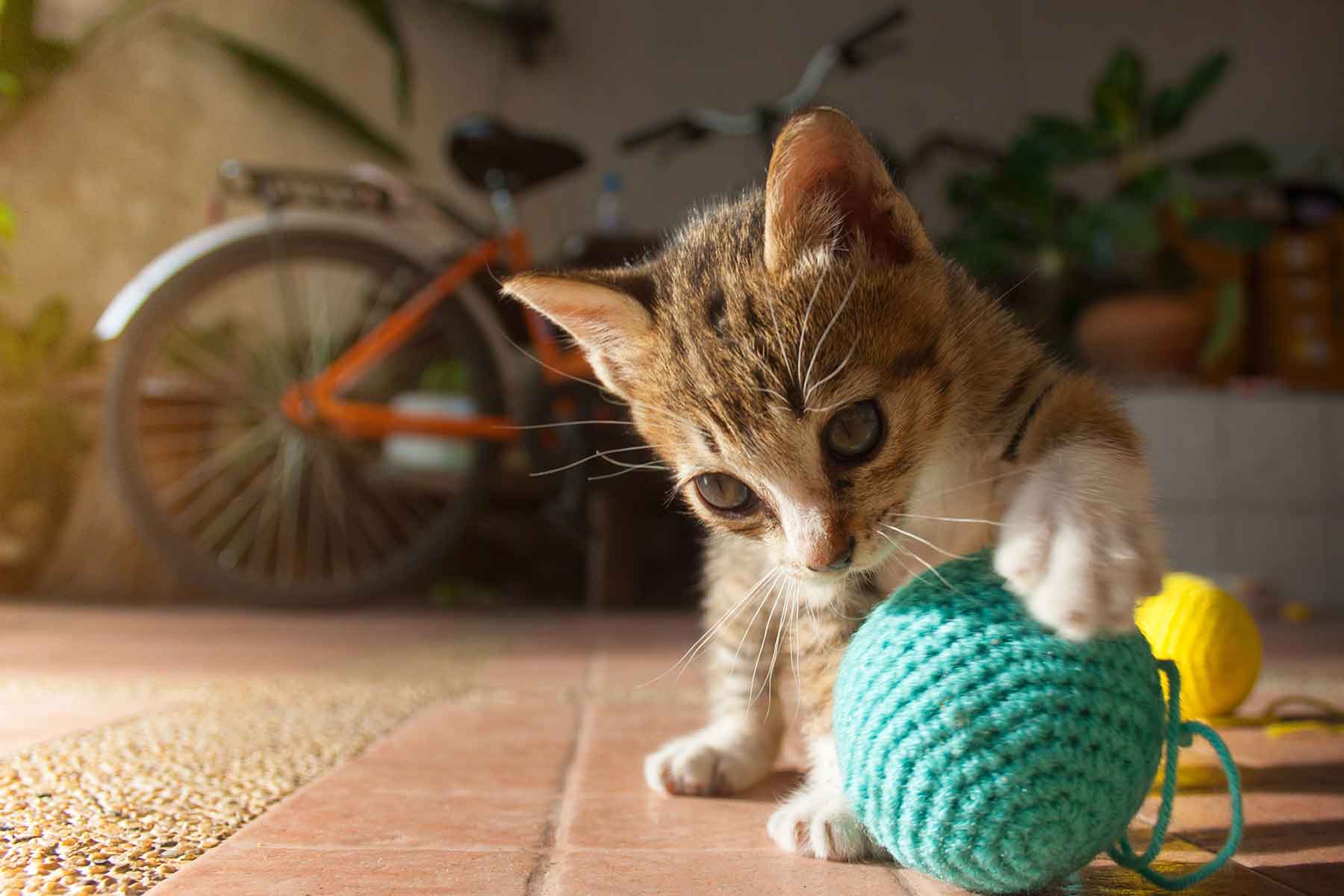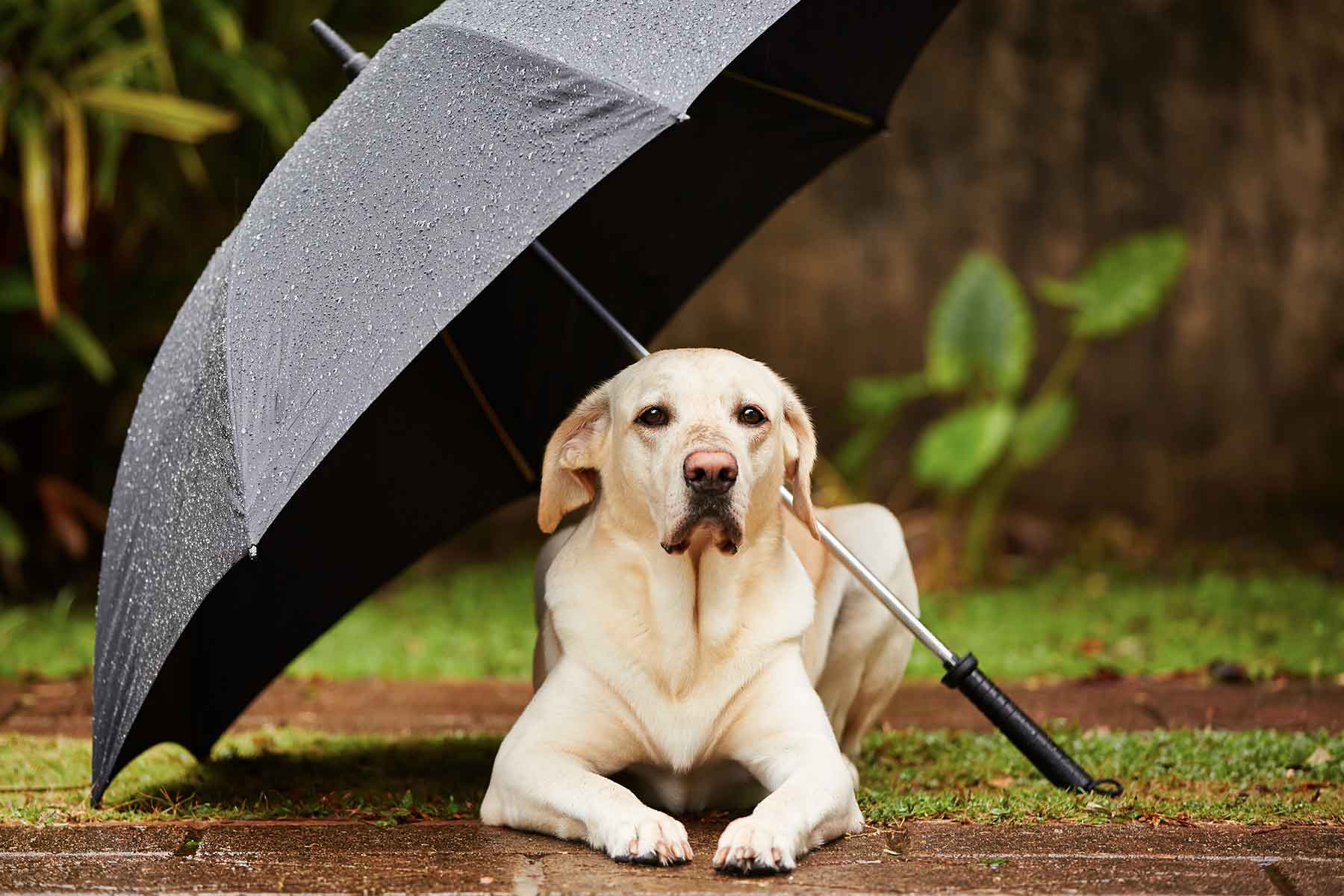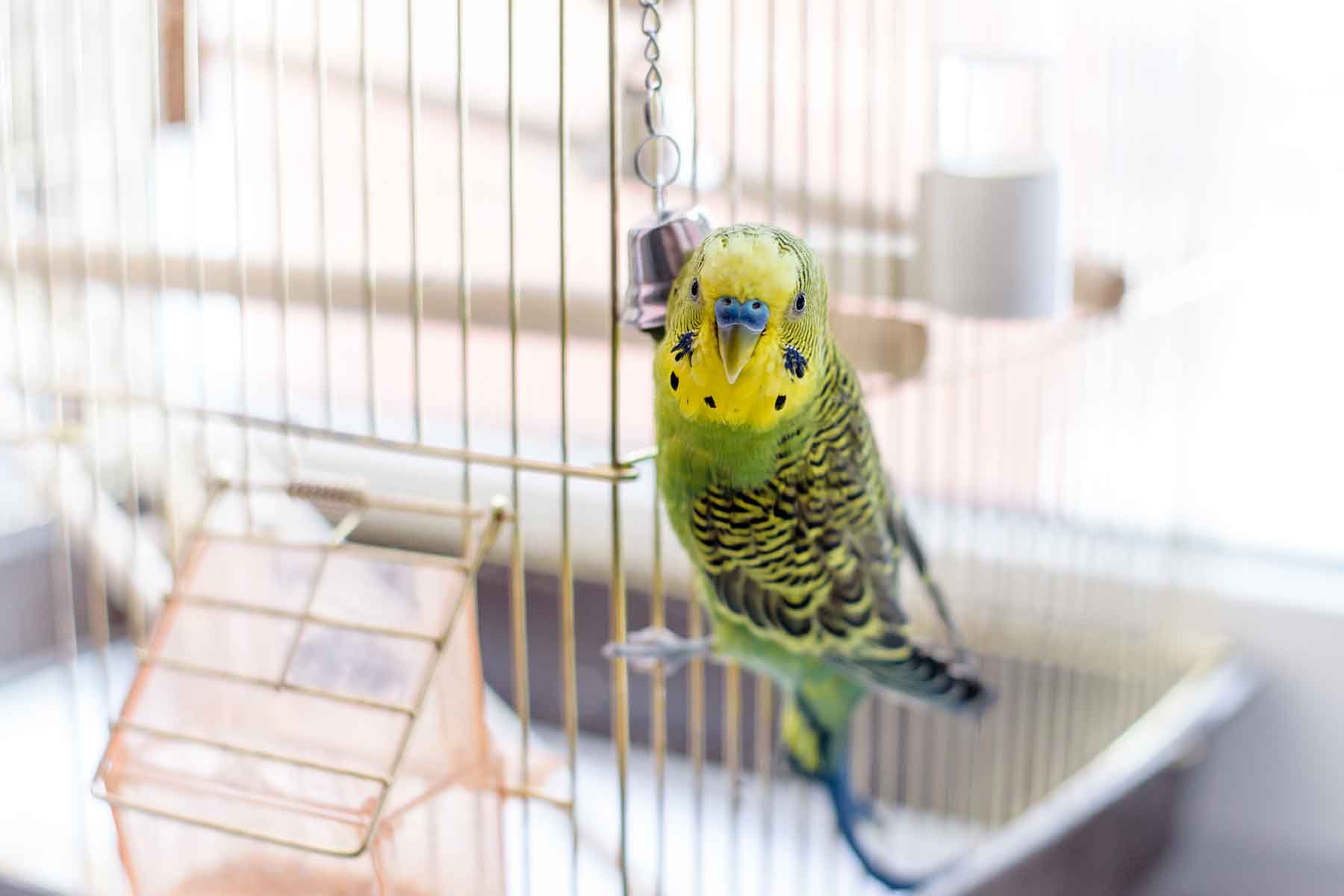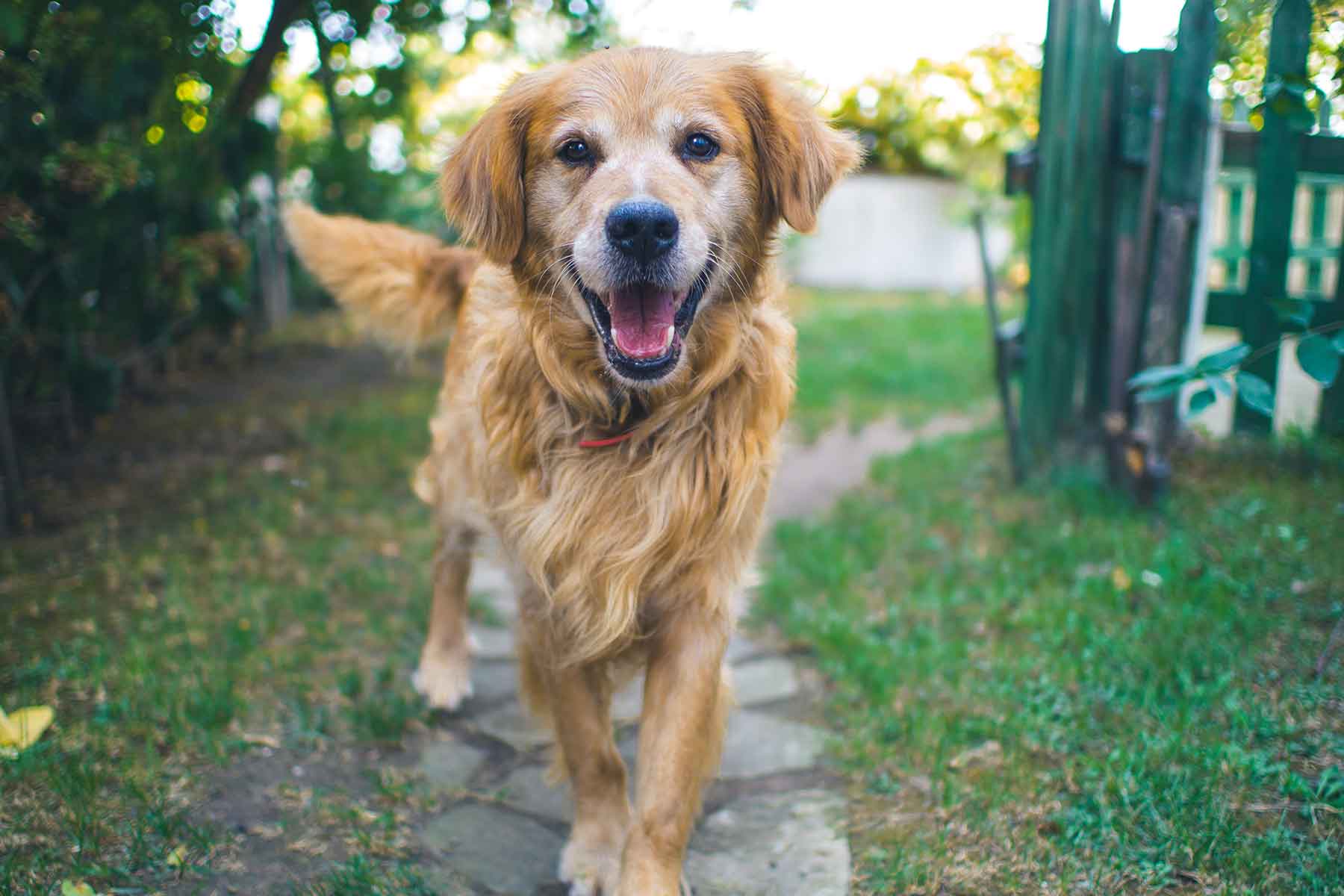Originally known as the Shorthaired Skye Terrier, the Cairn terrier are among the smallest of the working terriers. Named after the piles of stones that were built up along the roadsides in many parts of Scotland. These stony crops were ideal retreats for vermin and farmers acquired the skills of the Cairn Terrier to drive away unwelcome visitors. Nowadays, because of his convenient size and friendly, affectionate and loyal disposition, the Cairn is kept mainly as a pet.
Height
Approximately 30 cm
Weight
Approximately 7kg
Temperament
Loyal, loving and utterly devoted to their families, the Cairn is an intelligent little terrier and makes a great mini watchdog. A hardy, tough, active little dog, known for their fearlessness and independence, the Cairn Terrier will stand and look the world straight in the eye! A well maintained fence and gate is an important feature in a Cairns backyard, as they are inquisitive and handy enough to test any escape (or exploration) point. At the same time the Cairn loves nothing more than to be with the family and will enjoy outings in the car as well as simply sitting by the sofa with their best friend.
Lifespan
12 or more years
Grooming and care
With a short, wide, well furnished head, bright eyes, alert pointed ears, compact body and jaunty tail all combine to give a balanced appearance. A harsh weather-resistant coat may be any colour other than all white, all black or black and tan. The Cairn is easy to groom if done on a regular basis and kept in good condition. Some families choose to have their Cairn Terrier’s clipped during the warmer months or on a monthly basis to keep their coats tidy.
Exercise
With considerable energy to burn the Cairn will happily trot alongside you for considerable distances and can be quite fond of swimming too. For anyone looking for a small sporting dog, the Cairn certainly takes a lot of beating.
Health concerns
For the latest research in breed-related problems in Cairn Terriers visit the University of Sydney’s LIDA (Listing of Inherited Disorders in Animals) website.











